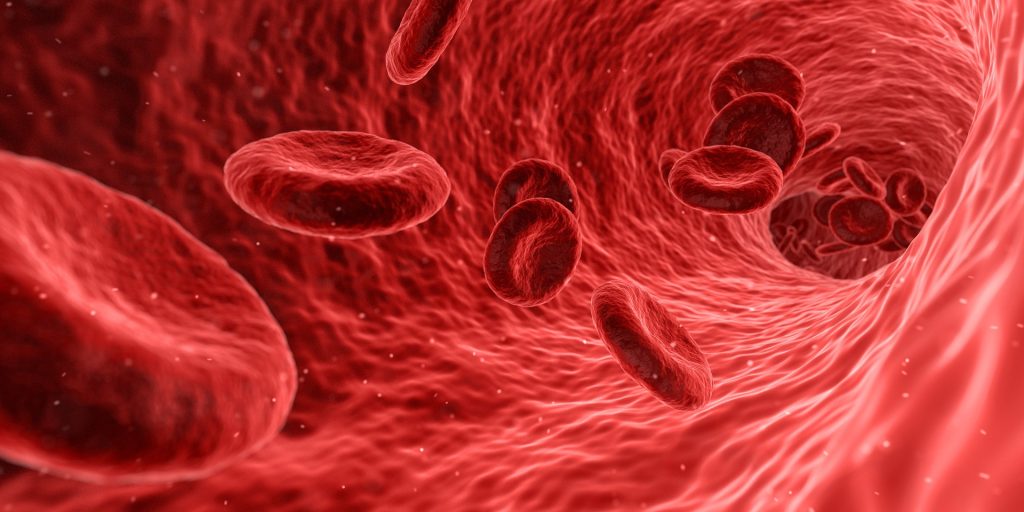Solriamfetol is Best for Banishing Excessive Daytime Sleepiness

New research in the Annals of Internal Medicine reports that the drug solriamfetol is the most effective treatment for excessive daytime sleepiness (EDS) for people with obstructive sleep apnoea (OSA).
The standard treatment for OSA is a positive airway pressure (PAP) mask that uses compressed air to support lung airways during sleep. However, some people with OSA still experience EDS and may benefit from anti-fatigue medication.
“The most important thing that people with OSA should do is use their PAP machine, but if they are still sleepy there are options in the form of medications that can reduce their tiredness,” said first author Tyler Pitre, a resident physician in internal medicine at McMaster University and incoming respirology fellow at the University of Toronto.
“Fifteen to 30 per cent of people in North America have a diagnosis of OSA and the prevalence could be much higher as many others are undiagnosed. Many people have symptoms as the condition is highly associated with obesity, which affects a large and increasing number of people in Canada, the United States and other high-income countries,” he said.
“Among those patients, many will have EDS, which affects their quality of life, making them less productive and also puts them at risk of other psychological issues. Improving this situation is of paramount importance to physicians.”
Pitre said that OSA affects nearly one billion people globally, leaving many of them at risk of EDS.
Zeraatkar and Pitre made their findings by conducting a systematic review of 14 clinical trials of anti-fatigue medications involving 3085 people, as well as analysing data from MEDLINE, CENTRAL, EMBASE and ClinicalTrials.gov in a specific network meta-analysis. They conducted their research from October 2022 to January 2023.
Senior author Zeraatkar said that while solriamfetol is likely the best medication for EDS, the drugs armodafinil-modafinil and pitolisant are also effective in combatting fatigue.
Solriamfetol can also raise blood pressure, especially risky for people with OSA, as many of them also have cardiovascular issues.
“It would be interesting to see how effective these anti-fatigue medications will be for treating related illnesses such as chronic fatigue syndrome and long COVID, now that we know they work for a similar condition,” said Zeraatkar, an assistant professor of the Department of Anesthesia.
Source: McMaster University




